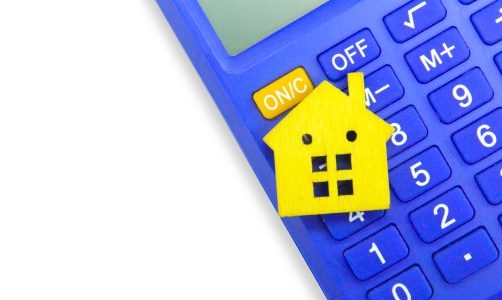
Interest rates have a profound impact on mortgages in Canada. As interest rates rise, mortgage payments become more expensive, making it difficult for Canadian homeowners to afford monthly payments. Lower interest rates make mortgages more affordable and attractive for potential buyers, creating a positive cycle for Canada’s economy.
When interest rates rise, it increases the cost of borrowing money to purchase a home. This means that the monthly payments on mortgages become more expensive, making it difficult for existing homeowners to afford their payments. When mortgage payments become too expensive for homeowners, it can lead to increased levels of default and foreclosure, causing a decrease in home values in the area.
Lower interest rates make mortgages more affordable and attractive to potential buyers. This helps to stimulate the housing market and leads to increased sales of homes. Increased sales lead to increased home values, creating a cycle of economic growth. Higher home values also help to increase the equity that homeowners have in their homes, which can be used to finance additional purchases or investments.
In addition, lower interest rates can also help to stimulate the economy in other ways. Lower interest rates lead to increased consumer spending, which helps to create jobs and boost economic growth. Lower interest rates also make it easier for businesses to borrow money and invest in new capital, leading to increased productivity and profit.
Overall, interest rates have a significant impact on mortgages in Canada. Higher interest rates make mortgages more expensive and can lead to decreased home values, while lower interest rates can make mortgages more affordable and help to stimulate the economy. It is important for potential homeowners to understand the impact that interest rates have on mortgages in Canada in order to make the best decision regarding their home purchase.




















